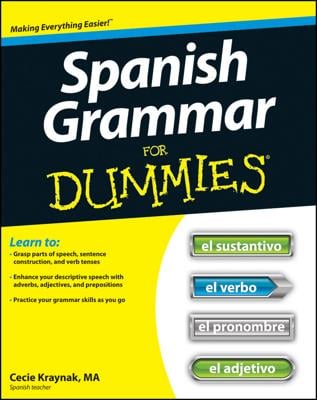The main clause, I wished, is in the past tense, and what I wished for — that I had slept before the party — is in the pluperfect, which also is called the past perfect tense. And because what I wished for didn’t happen, it’s subjunctive.
Like other compound tenses, you form the Spanish pluperfect subjunctive by conjugating the verb haber (to have) in the imperfect subjunctive tense. Then you add the past participle of the main verb.
The chart that follows shows the verb haber conjugated in the imperfect tense.
The Imperfect Tense of Haber
| Conjugation | Translation |
|---|---|
| yo hubiera | I would have |
| tú hubieras | You (informal) would have |
| él/ella/ello/uno hubiera | He/she/one would have |
| usted hubiera | You (formal) would have |
| nosotros hubiéramos | We would have |
| vosotros hubierais | You all (informal) would have |
| ellos/ellas hubieran | They would have |
| ustedes hubieran | You all (formal) would have |
Take a look at the following examples to see how the pluperfect subjunctive is used.
-
Fue una lástima que ellos no hubieran comprador una casa en nuestro vecindario. It was a pity that they hadn’t bought a house in our neighborhood.
-
Ellos creían que nosotros hubieramos comido antes de llegar. They believed that we had eaten before arriving.

